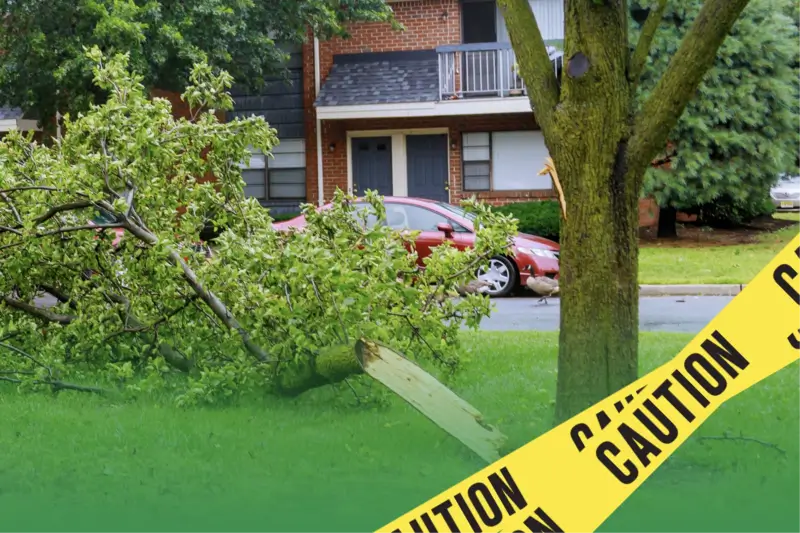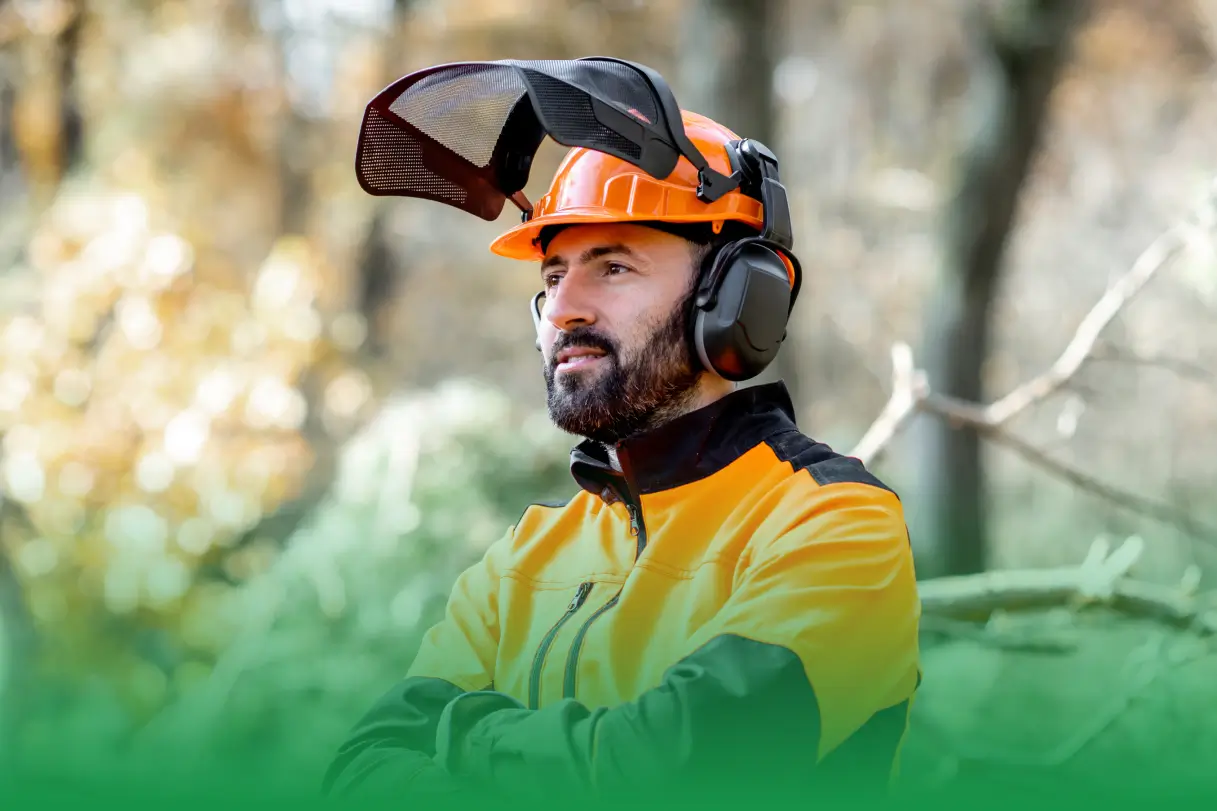How to Implement Eco-Friendly Tree Care Practices


Introduction
The demand for environmentally-friendly practices in various industries has increased as the world becomes more ecologically aware. This is also true with tree care, which is a branch of arboriculture. Caring for trees in an eco-friendly manner is necessary for ensuring healthy trees and protecting our environment by them contributing to good air quality, preventing soil erosion and providing habitats for various wildlife species.
For those interested in pursuing careers in arboriculture, knowledge and the implementation of eco-friendly tree care practices is vital. This article provides a comprehensive guide on how to get started as an aspiring arborist covering education, certification, practical experience and use of modern tools like ArborStar.

Education and Training
There should be a strong educational background if one wants to become an arborist. There are different programs that offer training and certifications that can help you succeed in this field.
Courses and Degrees
- Associate and Bachelor’s Degrees: Many universities and colleges offer degrees in forestry, horticulture or environmental science with a concentration on arboriculture. Usually these programs encompass areas such as tree biology, soil science, pest control measures or landscape design.
- Online Courses and Workshops: For people who want flexible learning options there are countless online courses available as well as workshops put together by different organizations. Specialized courses ranging from basic arboricultural skills to advanced pruning techniques are offered through platforms such as Coursera, Udemy or TCIA.

Certifications
- ISA Certified Arborist: The International Society of Arboriculture (ISA) offers a highly recognized certification program. ISA Certification requires passing an examination that tests your knowledge about tree biology diagnosis treatment plus safety procedures while at work.
- Tree Risk Assessment Qualification (TRAQ): With its focus on assessing tree risk factors before taking remedial measures against any hazards associated with tree failures, this certification is also provided by ISA.
Education and certification are investments in self that pay off through increased employability.
Practical Experience
Education alone cannot make one successful in arboriculture. Hands-on training and real world experiences are vital in developing practical skills and solving real life problems.
Internships and Apprenticeships:
- Internships: Most tree care companies as well as municipal parks departments offer internships to students or recent graduates. Such internship opportunities provide valuable hands on experience for interns who may be exposed to different aspects of tree care such as diseases control, planting, pruning among others.
- Apprenticeships: There are apprenticeship programs like the ones conducted by TCIA which combine classroom study with paid on-the-job practice. Under the guidance of experienced arborists, apprentices earn while they learn thus gaining practical competencies.
Volunteering and Networking:
- Volunteering: One way of gaining some experience and giving back to society is by participating in volunteer work particularly when it comes to planting trees or maintaining them. Often times these activities are organized by organizations like the Arbor Day Foundation or local environmental groups.
- Professional Associations: Professional associations such as ISA or TCIA have enabled many professionals to meet each other across various fields of specialization so that they can connect easily during conventions meetings conferences etc…This allows you to stay current on industry trends best practices through attending various types of gatherings such as symposiums and expositions.
Another way to gain practical experience is through internships, apprenticeships, and volunteering, which not only sharpen your skills but also enable you create a professional network that will guide your career path into the future; a priceless asset indeed!
Tools and Technologies
ArborStar’s role in eco-friendly tree care practices is significantly supported by modern tools and technologies. It is a comprehensive tree care management software, which is known as ArborStar that makes way through the operations of arborists and also allows them make shifts to sustainable ones.

How ArborStar Helps
- Efficient Route Planning: For instance, ArborStar has route planning function where it optimizes travel routes for tree care tasks thereby reducing fuel consumption and emissions. This saves time and money to reduce carbon dioxide footprint of your activities.
- Resource Management: These are among others water, fertilizers, pesticides etc that you can track and manage using ArborStar. Through monitoring their usage, waste production can be reduced hence more efficient ways realized in conserving the environment.
- Tree Health Monitoring: The early detection software like the one in this analysis come equipped with pest and disease tracking tool among others. By detecting problems at an early stage without chemical overuse, tree health can be maintained.
- Client Communication: Clients are kept informed about sustainable or green behaviors as well as advantages of choosing them when they use ArborStar’s CRM features.
Success Stories
For instance a California based tree care company recorded a 20% decrease in its fuel consumption after implementing this ArborStar route planning feature. Additionally, another firm based in Florida lowered its pesticide usage levels significantly by putting resource management features of the program into effective use.
Employing modern applications such as Arborstar will certainly increase your capacity implement eco-friendly approaches that will result to good outcomes for both your business and nature.
There are numerous success stories associated with adopting eco-friendly methods for tree care services. Several examples follow:
Case Study 1: Urban Tree Management:
One urban tree company took up eco-sensitive techniques to handle trees within a large park open to the public in New York City. They improved on overall health of trees at the park by using organic fertilizers and maintaining strict IPM programs. ArborStar was also used to monitor the health of trees in order to plan maintenance tasks effectively. This led to a significant reduction in pest infestations and increased vitality of trees resulting in improved green spaces within this community.
Case Study 2: Residential Tree Care:
Residents’ homes were targeted by a small Oregonian tree care company which focused on sustainability. They educated homeowners about benefits of proper watering techniques and organic mulches. Additionally, they used ArborStar to schedule and optimize their routes, reducing their carbon footprint. The business not only improved the health of the trees they cared for but also gained a loyal customer base that appreciated their commitment to the environment.
Conclusion
Eco-friendly tree care practices are not only good for the environment, but also essential for long-term health.







